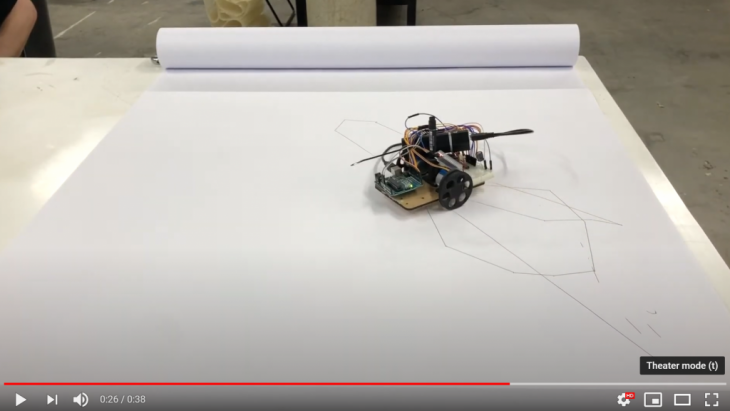AI Doodle // S.3 Software
This research explores the way in which artificial intelligence is transformed into a creative collaboration, a link between human beings, computers and robots. The means of exploration is the line, a stroke that the designer first makes and then a drawing bot completes on the canvas.
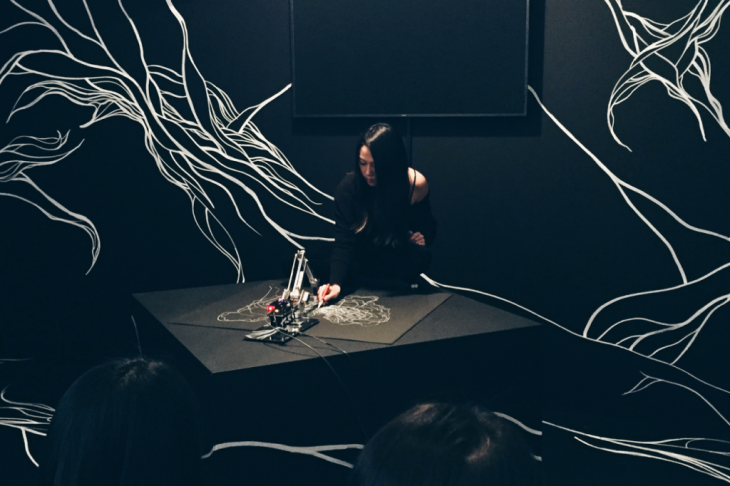 |
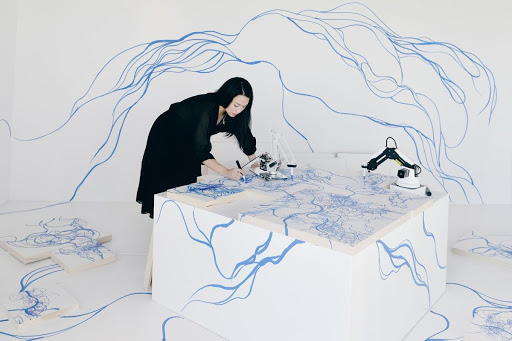 |
|
|---|---|---|
| (1) Sougwen Chung – Drawing Operations | ||
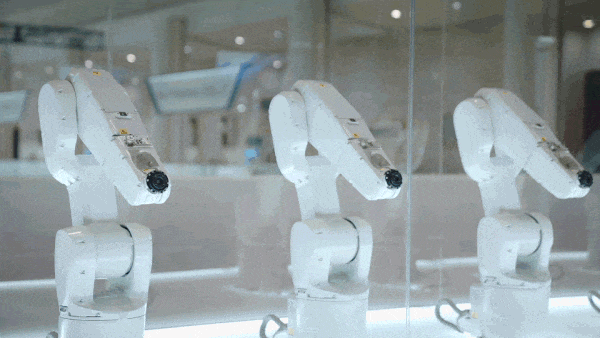 |
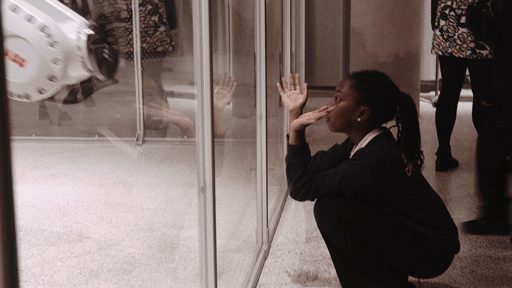 |
|
| (2) Madeline Gannon – Mimus |
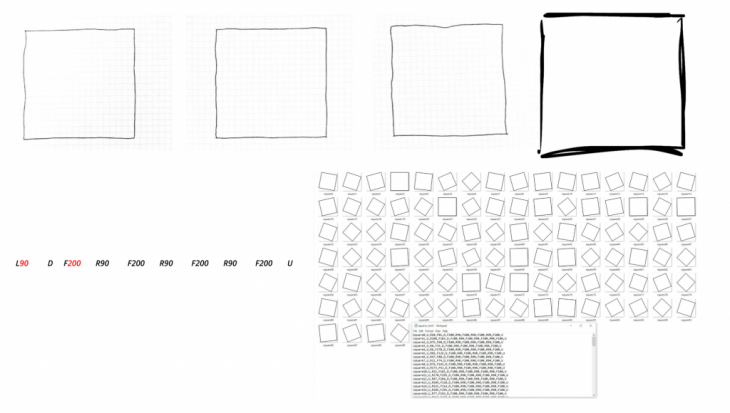
Our first approach was to scan some hand drawings of squares and get the contours with OpenCv to then code some drawing instructions with Python for our drawing bot, with turtle. Some early datasets included filled squares to detect the contours, however, the neural network seems to work best with a black background and a white fill.
First training set.
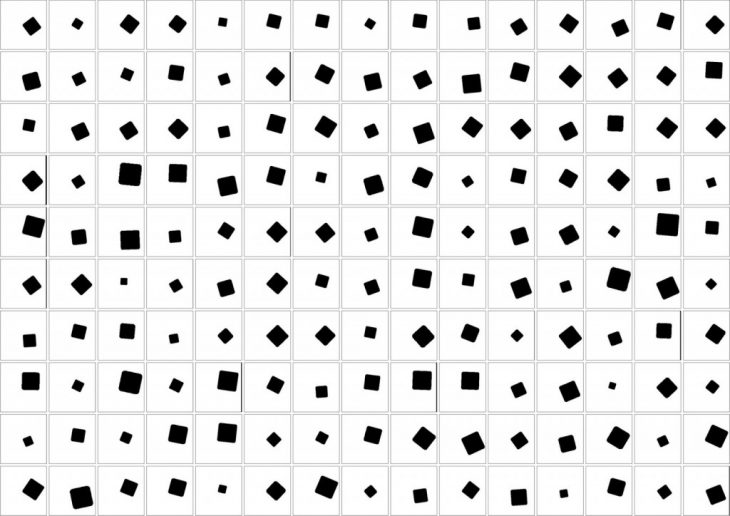
Each square contained movement instructions that allow the robot to then execute the drawing. This project is a development that complements the project Drawing Bot
Second training set.
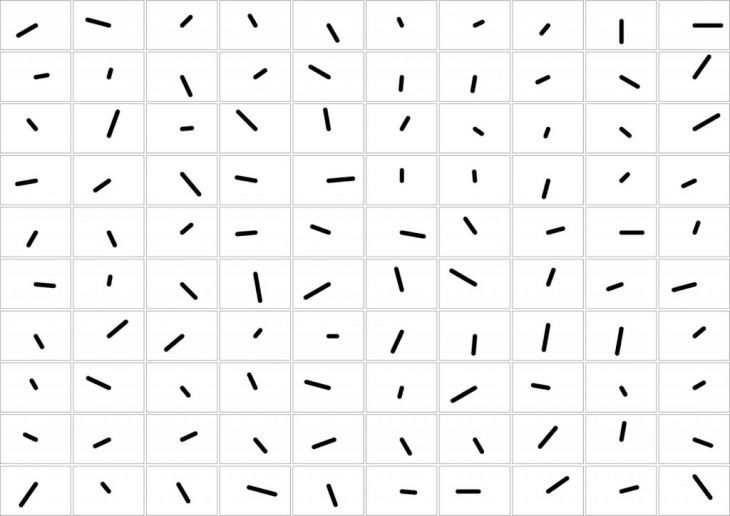
Another method was to use single lines. This approach was our next step. We wanted to draw a line and have the robot complete the square. Instead of using squares to create the dataset. The training sets needed to follow certain guidelines.
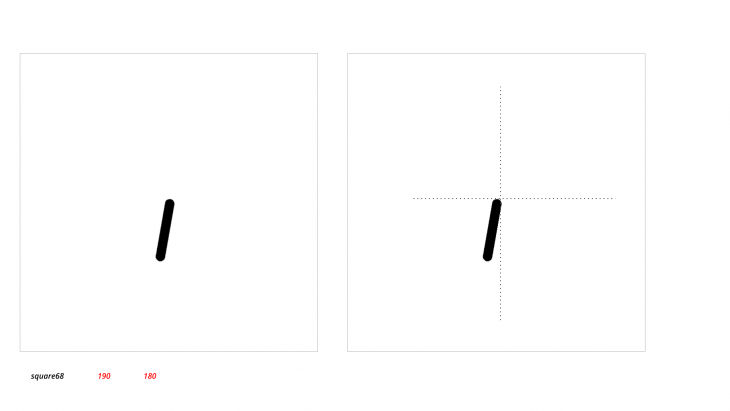
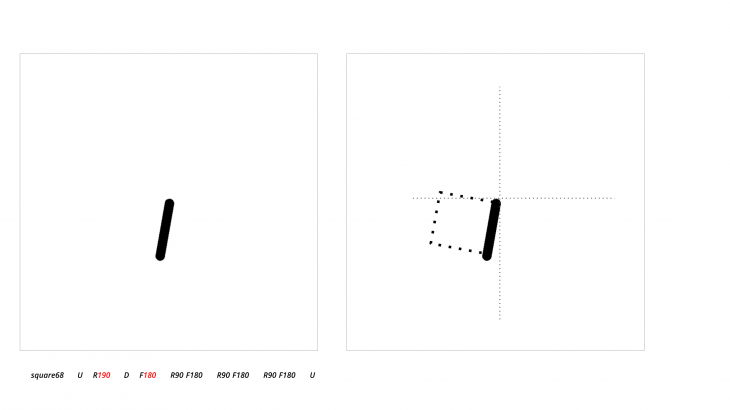
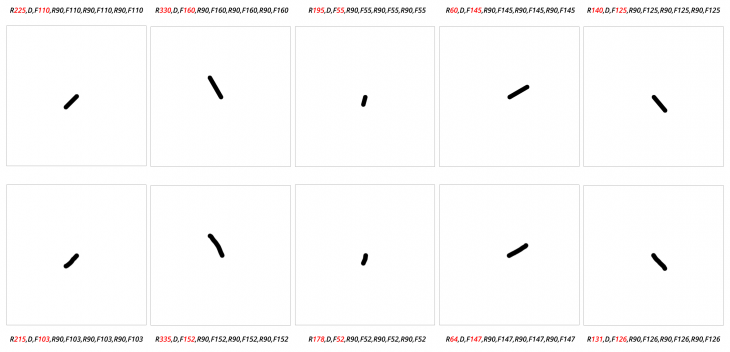
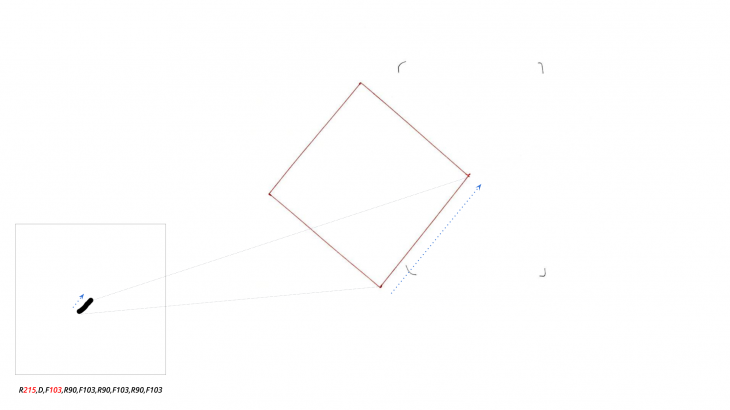
Each square later became simply a line. At this point a total change was made in the project, taking advantage of the possibility of condensing a large number of instructions in a single message, which is revealed from the dimension information of a line and its inclination.
We would start at an origin point and draw a line that had a direction and a length and then we needed to train the AI to complete the square by itself. At this point, we were still inputting instructions by hand, and the dimensions of the drawing were known to us (predefined). When we changed to vectors, the dimensions 1:1 scale, therefore the real ones.
Third training set.
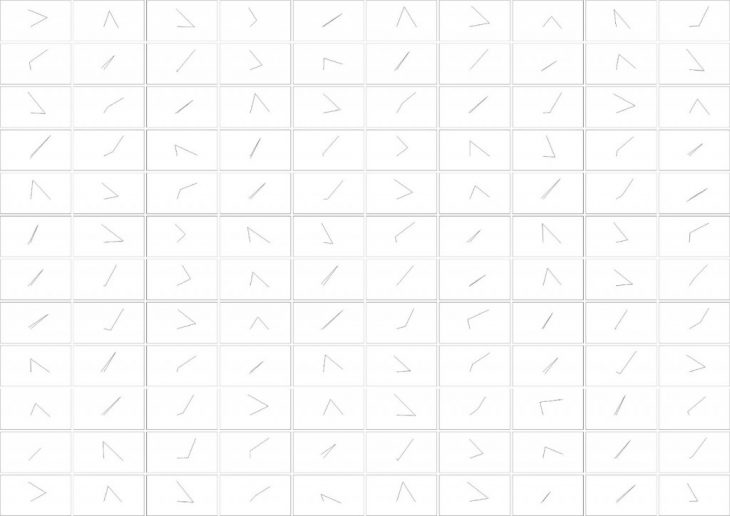
Fourth training set.
Finally the training set was modified by a series of lines defined by vectors. Each set contained at least 3 segments, which ultimately allowed the neural network to get a fourth segment in response. In this way, it was possible to generate a drawing that began with the first hand-drawn lines as inputs and then a series of lines were obtained with robot movement instructions as output.
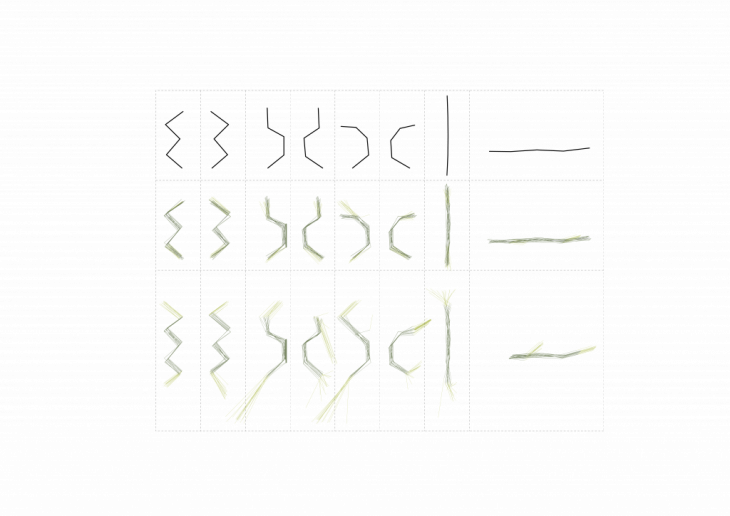 |
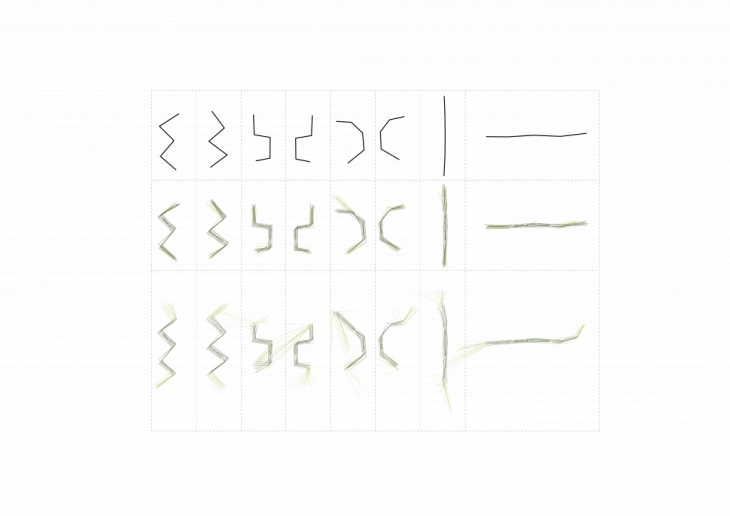 |
|---|---|
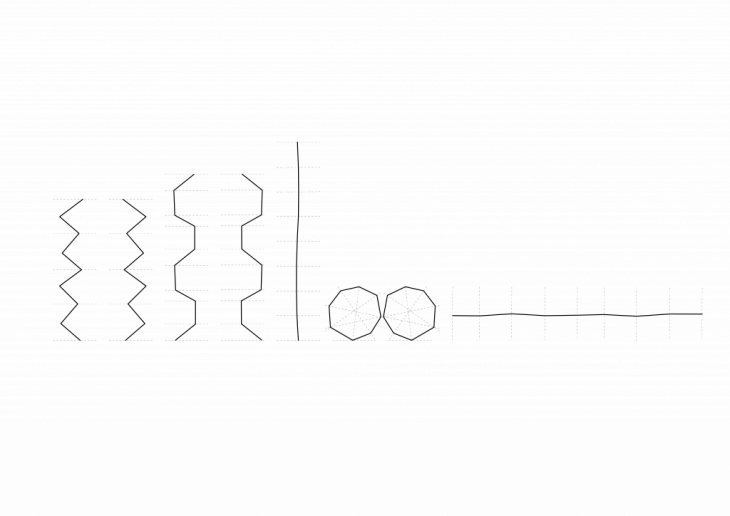 |
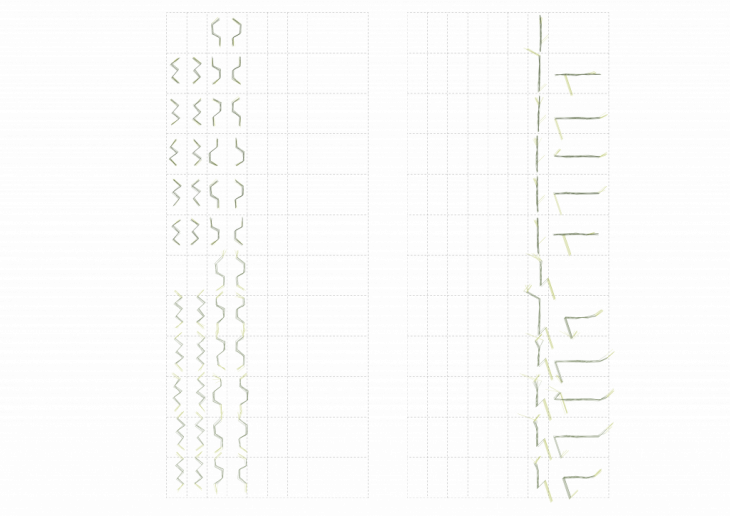 |
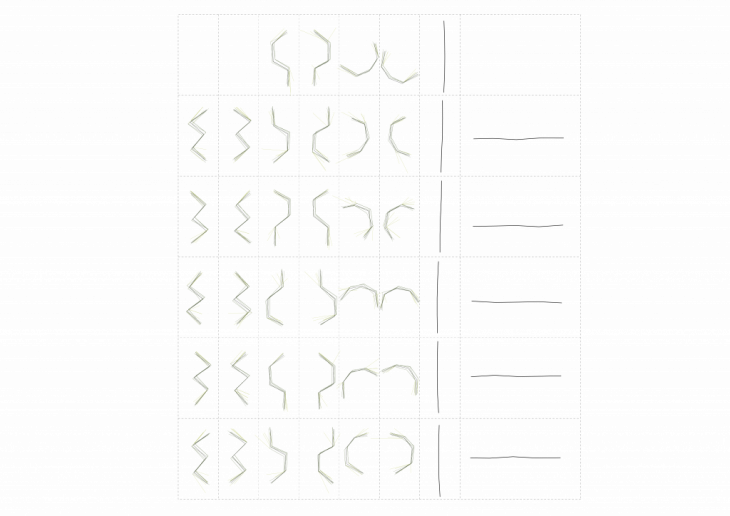 |
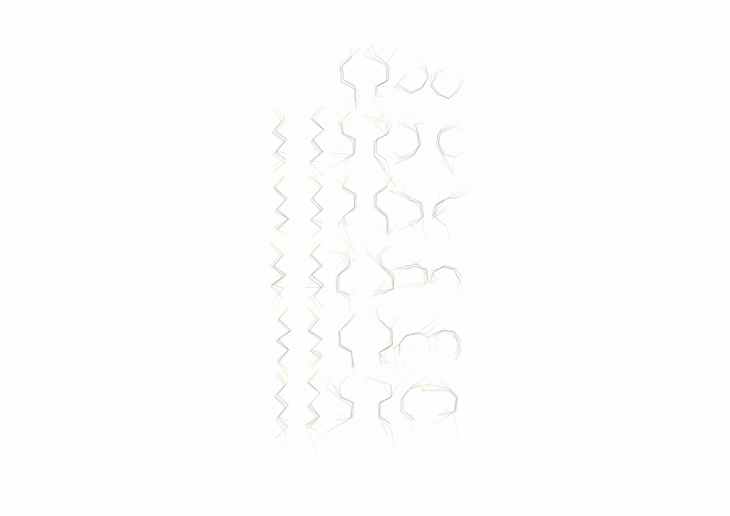 |
Training set analysis
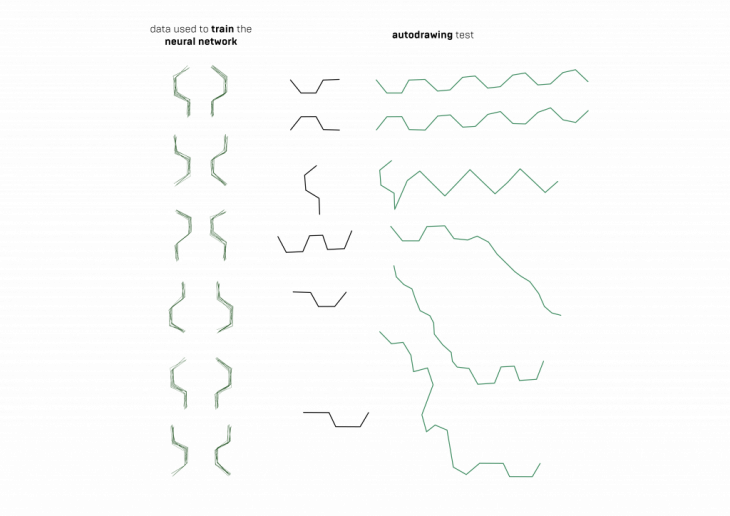 |
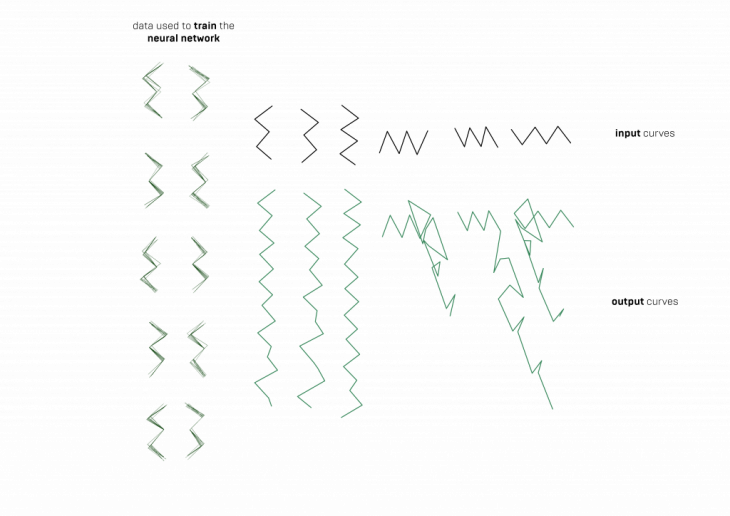 |
|---|---|
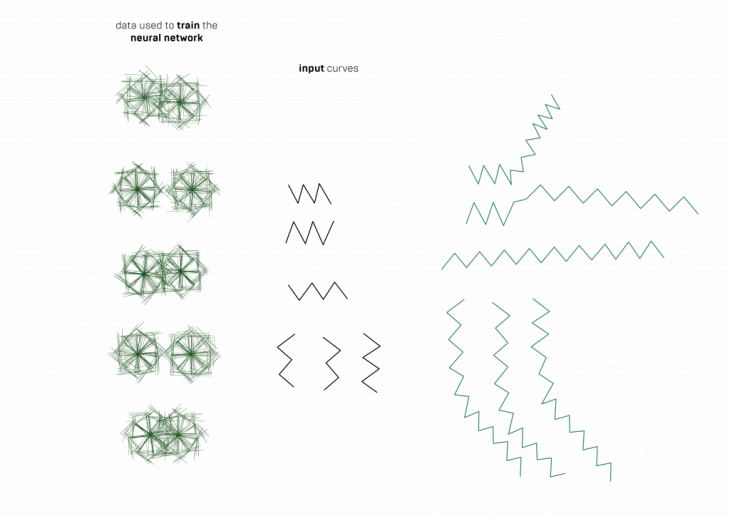 |
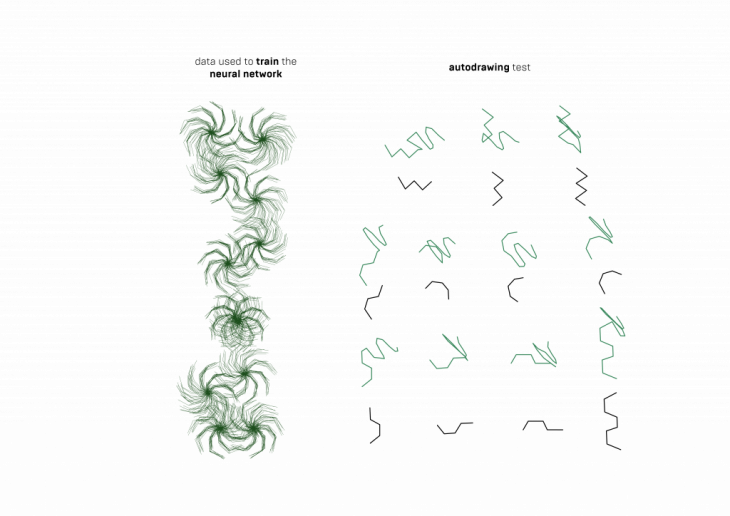 |
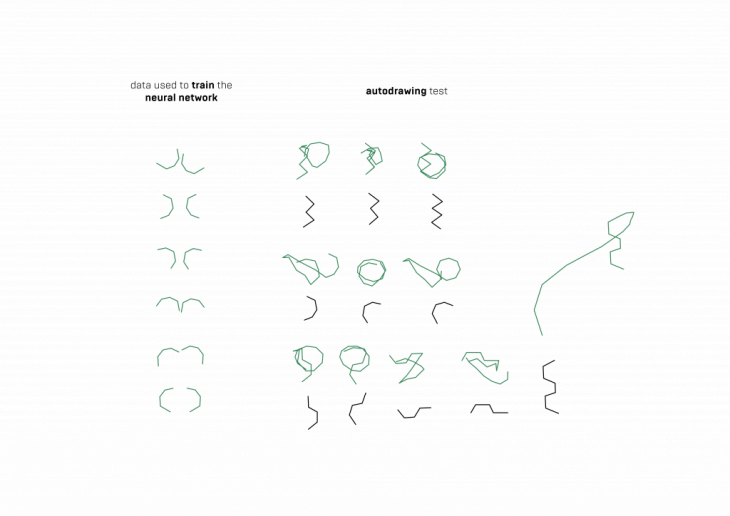 |
 |
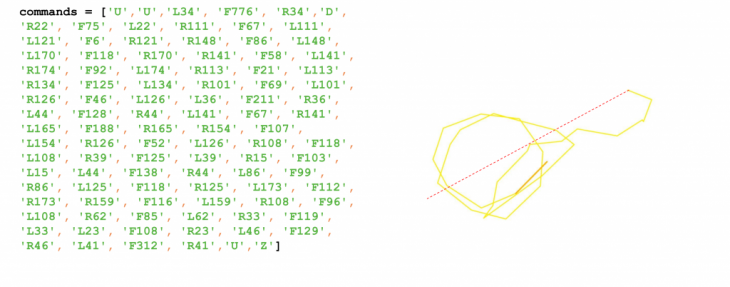
AI Doodle // S.3 Software is a project of IAAC, Institute for Advanced Architecture of Catalonia developed at the Master in Robotics and Advanced Construction in 2021 by:
Students: Aslinur Taskin, Helena Homsi, Juan Eduardo Ojeda
Faculty: Mateusz Zwierzycki
Faculty Assistant: Soroush Garivani
